In coaching conversations with my clients, the question of how to build positive, supportive relationships and trust with team members comes up very frequently.
When people have trust and feel safe they are more likely to be vulnerable in front of people. This includes bringing forward different ideas on how to approach a problem or improve things, admitting failures, and disagreeing with superiors, to name a few. All of these are positive for both the team and the organization.
In fact, Google interviewed 180 teams (known as Project Aristotle) and it became crystal clear that high-performing teams are founded on a balance of human-centered traits.
Psychological safety was at the top of the list, every time.
Project Aristotle’s Key Characteristics of High-Performing Teams:
1. Psychological safety: the team can take risks without feeling insecure or embarrassed
2. Dependability: the ability to count on each other to do high-quality work, on time
3. Structure and clarity: working with clearly defined goals, roles, and execution plans
4. Meaning of work: the work is personally important to everybody on the team
5. Impact of work: everybody on the team fundamentally believes that their work matters
Psychologically safe teams trust each other to experiment without judgment, voice opinions without being shamed, and fail without being labeled a failure.
Sounds great, right? Now, the question is how can you foster a psychologically safe environment on your team…
Here are 6 tips from Amy Edmondson, a professor at Harvard Business School and an expert on psychological safety in the workplace:
1. Focus on learning, not executing
If your team misses the mark on a project, take the time to understand what went wrong instead of rushing to find the solution and moving onto the next task. Position failure and challenges as opportunities to learn and problem solve together as a team. Your employees likely have an idea of what went wrong in the process, planning, execution, or between team members, so it’s important to give them the space to discuss it openly as a team without shame or fear.
Now, when a team member makes themselves vulnerable by offering a new idea, asking a question, or sharing a mistake; it’s important to acknowledge and appreciate these acts of courage.
2. Encourage experimentation
A big part of learning and innovating is trying new things and challenging yourself (and your team!). Encourage experimentation and support the exploration of ideas instead of following previously-formed paths from A to B. If you are going to promote a “think-outside-the-box” mentality, be prepared to speak in hypotheses, not certainties.
3. Demonstrate curiosity
Lead by example and ask a lot of questions. Not only will this spark discussions and demonstrate the value of pushing the status quo, but you’re also showing that your workplace is a safe environment to be vulnerable and not know everything. Even managers have plenty to learn, so let them see that!
4. Acknowledge your own fallibility
On that note, by admitting and owning your own mistakes, you’re telling the team it’s ok to fail. Let your team know that you will miss things or make mistakes and that you expect them to speak up and hold you accountable, rather than keeping quiet.
5. Embrace discomfort
We’ve all felt the anxiety leading up to a difficult conversation. However, if you set a standard that you and your team openly discuss issues and deal with them head-on, you’ll prevent smaller issues from spiraling into real problems. By creating a safe environment to confront tough topics, you’ll work through the issue and come out stronger.
6. Build team values
With that in mind, try creating a set of written norms for everyone to follow. Build a mission or value statement unique to your team, including the characteristics that your team will embrace and embody, and the values that you’ll all respect and hold each other accountable to.
So yes, committing to developing a safe, open, and inclusive workplace requires work. But it’s undoubtedly the key to tapping into your team’s full potential, enabling them to innovate, push their boundaries, and truly make a difference in the organization.

